BOT investors hastily return projects to gov’t

In a BOT contract, a private company builds an infrastructure project, operates it, and eventually transfers the ownership of the project to the government.
But many investors have practically skipped the operate stage and quickly jumped to the last stage -- transfer, since they have simply failed to recoup their investment from operating the projects.
One of these is the Phu My Construction Investment Corporation (PMC), which has recently demanded to return the Phu My Bridge, which connects Ho Chi Minh City’s District 2 and 7, to the municipal government, instead of operating it for 26 years as earlier contracted.
Inaugurated in September 2009, the 2.4-km Phu My Bridge, which spans the Saigon River, was expected to attract a huge traffic flow of transporters from the Mekong Delta to the central and northern parts of Vietnam, and help ease congestion in the inner city.
However, over the last two years, few container trucks and other heavy-weighted vehicles, the investor’s main source of toll collection, have passed through the bridge that cost PMC a huge investment of VND3.4 trillion ($163.3 million).
The poor toll collection for recouping investment has driven PMC to ask for help from the city’s government, while the contract has more than 20 years remaining.
In response, the Ho Chi Minh City People’s Committee said in February that they agreed to receive the bridge, a final conclusion following a series of meetings held to discuss a solution to assist the investors that began when the bridge was opened to traffic.
Other cases
But Phu My Bridge is not the first BOT project to die prematurely.
In 2007, the Construction and Natural Gas JSC, or IDICO – CONAC, returned the project of upgrading Provincial Route No 15, which is now Huynh Tan Phat Street in District 7, to the municipal government.
The move was made for a similar reason to the case of PMC, with IDICO failing to regain investments from low toll collection.
The investor has recently received VND230.2 billion from the municipal Department of Finance, as reimbursement for its investment.
Similarly, in 2006 the city’s Department of Transport had to repurchase the BOT project of building the 285-m Ong Thin Bridge in Binh Chanh District from CIENCO 5 at VND31.2 billion.
The investor gave up on the project since they were only allowed to collect traffic fees worth no more than 65 percent of the rate stipulated by the finance ministry.
False prediction
More and more BOT investors have given back projects to the public sector due to the slow progress of recouping their huge investments, said economic expert Le Dang Doanh.
Since most of the investors intend to reclaim money by setting up toll booths, their recoupment plans will be ruined if there is little traffic passing through the bridges or roads, he said.
Similarly, Doctor Nguyen Xuan Thanh, director of the Fulbright economic teaching program, said it is risky for investors to take up BOT contracts.
The actual traffic flow through the projects does not meet the investors’ expectations, so they have to get rid of them, said Thanh.
“[The investors] should have to share the risks with the government, but as allowed by the contract, they have the rights to evade responsibility,” he said.
“Hence, the government is now clearing debts for such projects.”
What the stars mean:
★ Poor ★ ★ Promising ★★★ Good ★★★★ Very good ★★★★★ Exceptional
Related Contents
Latest News
More News
- Vietnam to become key link in semiconductor value chain (April 26, 2024 | 18:31)
- Nvidia Group may build an AI centre in Ho Chi Minh City (April 26, 2024 | 17:22)
- Vietnam commits $1.08 billion to train 50,000 semiconductor engineers by 2030 (April 25, 2024 | 14:51)
- Southern policies help level up investment from East Asia (April 24, 2024 | 17:00)
- Apple suppliers in Vietnam climb to 35 in 2023 (April 24, 2024 | 15:03)
- Upbeat signs on the horizon right from Q1 (April 19, 2024 | 07:23)
- MoIT proposes scheme to boost renewable energy procurement (April 17, 2024 | 14:05)
- Disbursement delay deemed unacceptable (April 17, 2024 | 09:13)
- Planning for 30 airports to complete by 2025 (April 15, 2024 | 16:56)
- MPI calls for high-tech, green energy cooperation from Washington investors (April 10, 2024 | 15:33)



 Tag:
Tag: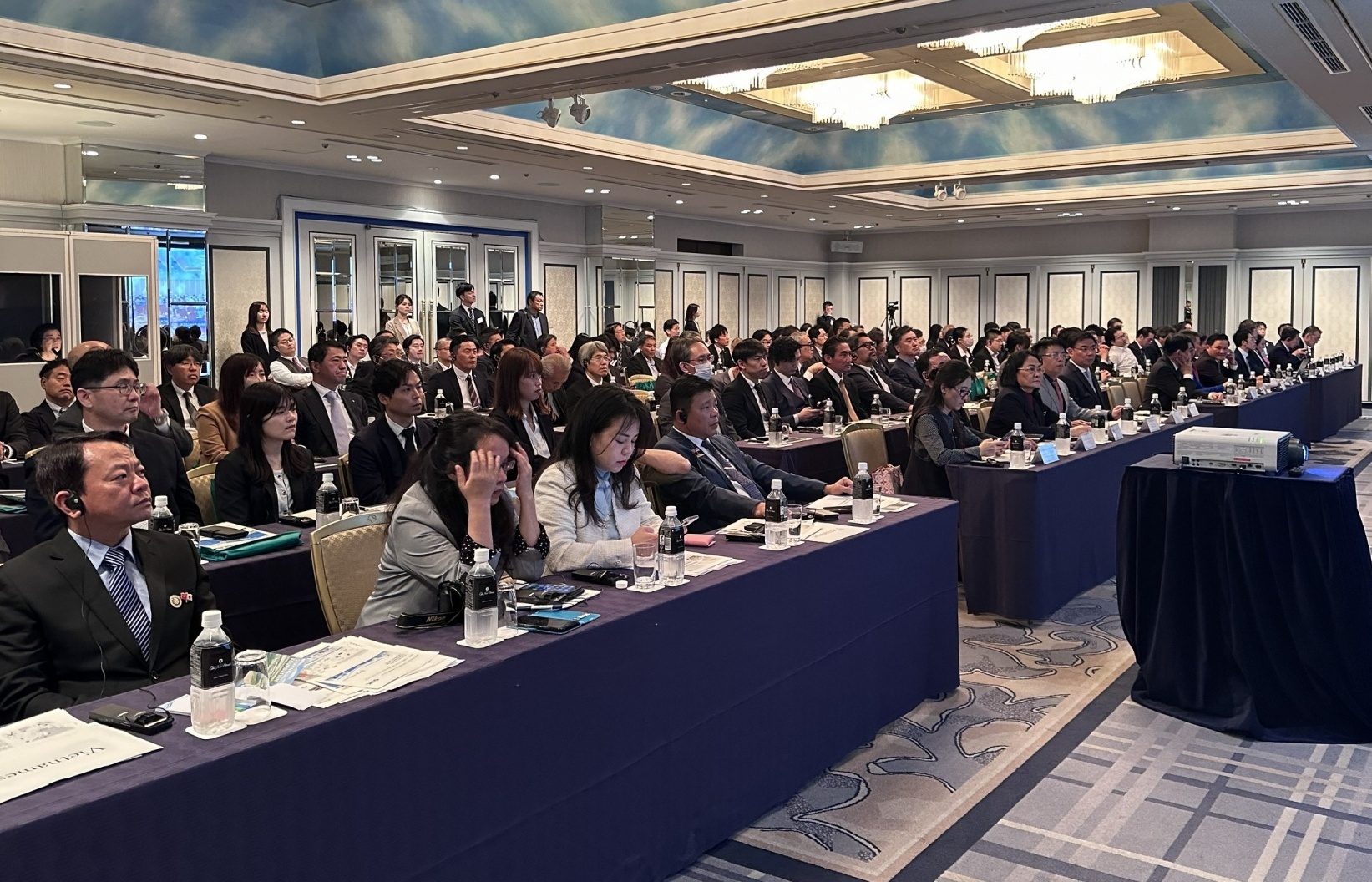
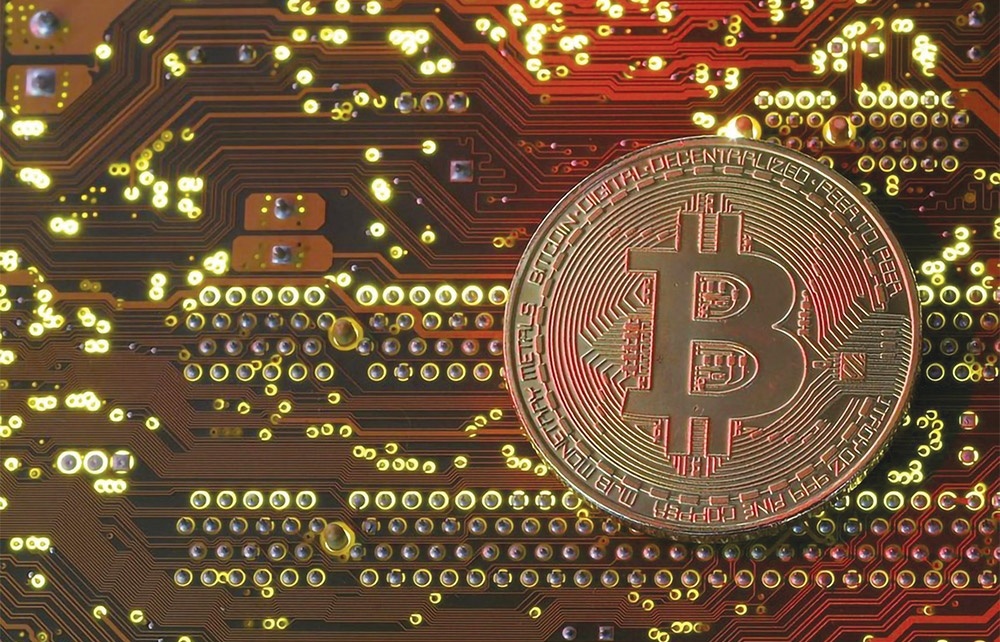
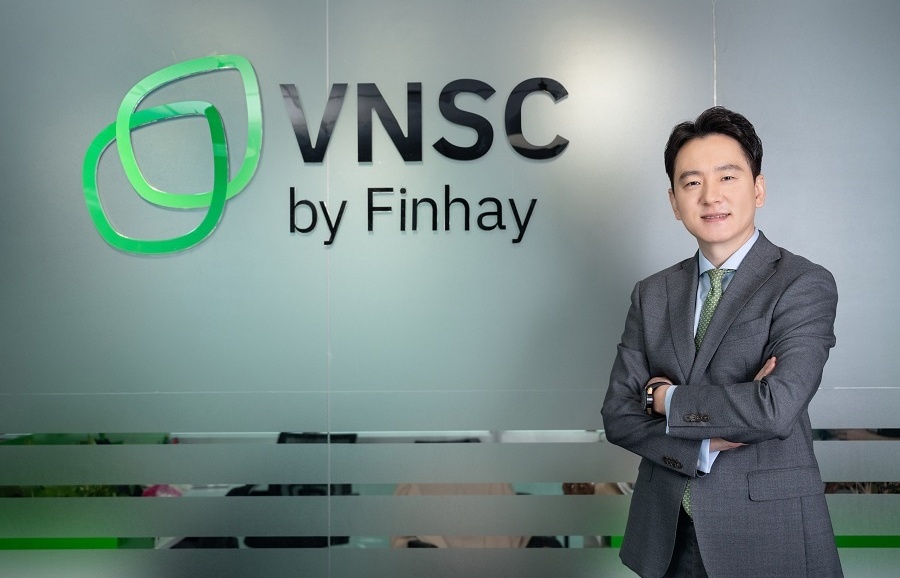

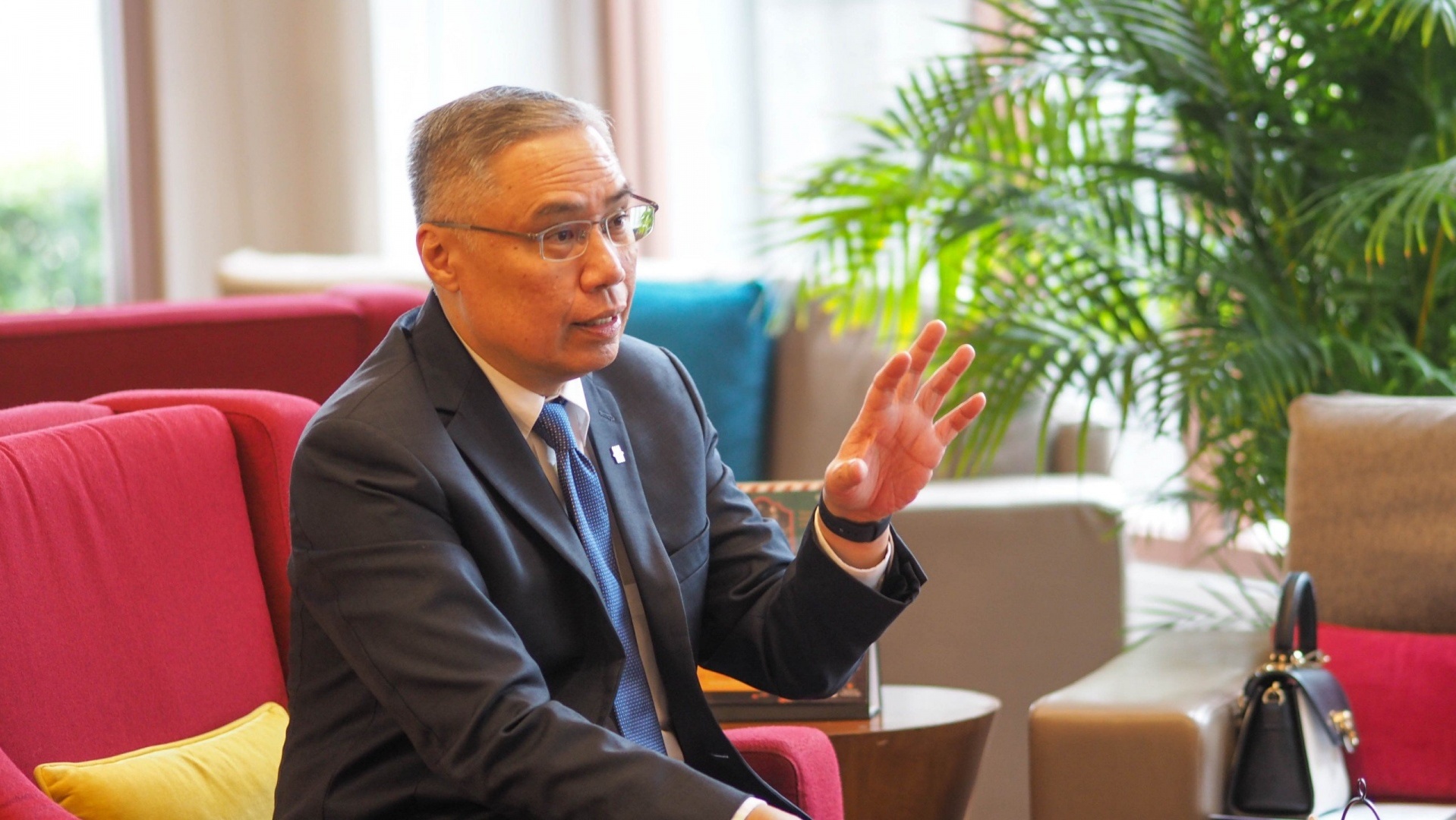
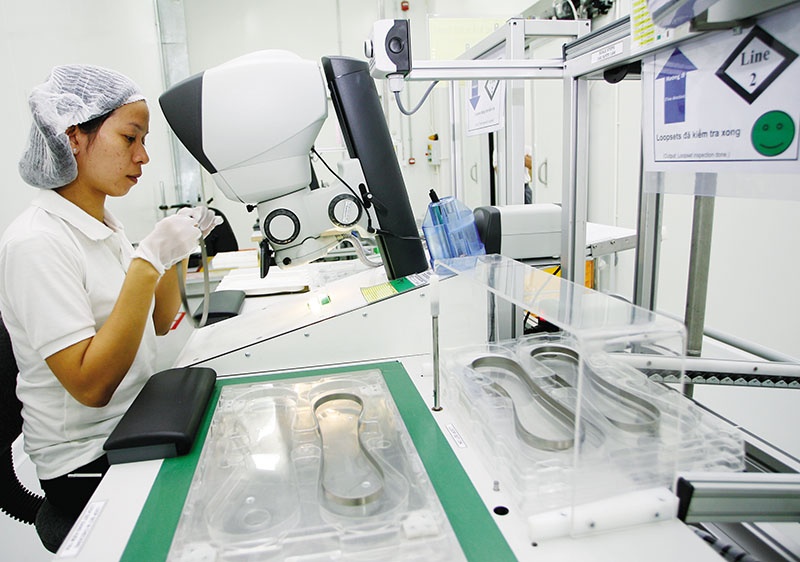
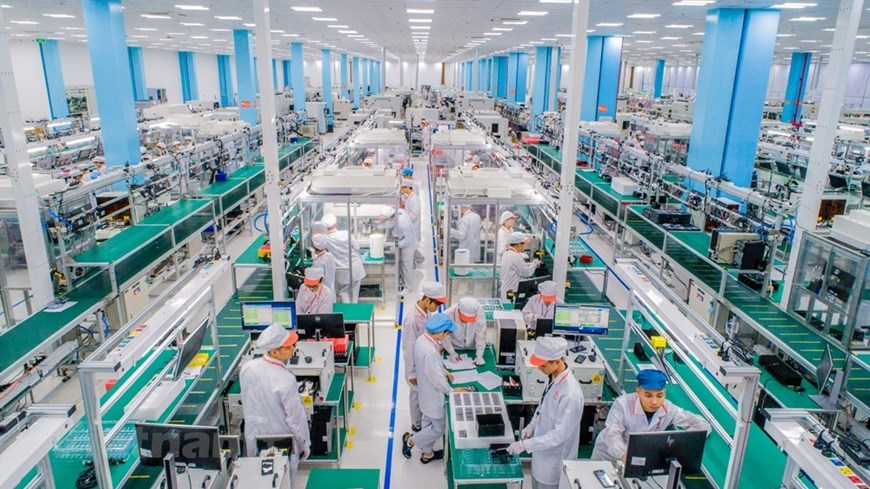
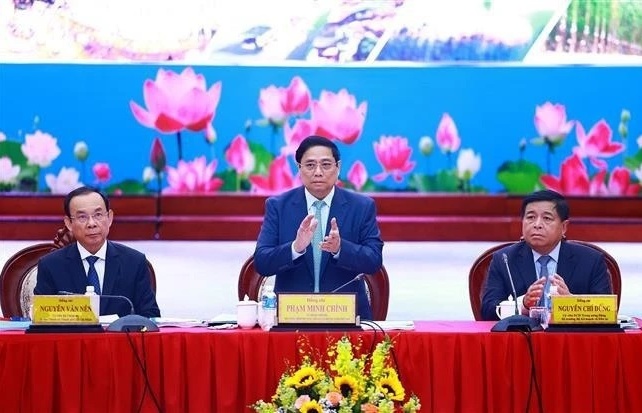
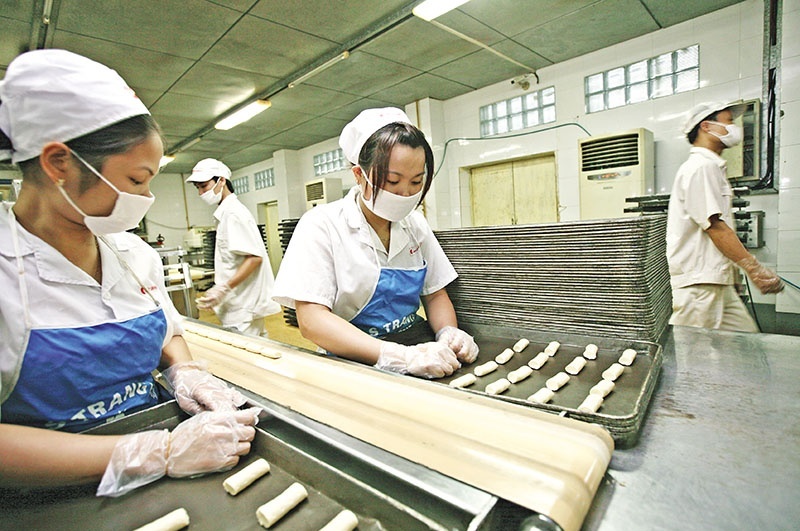
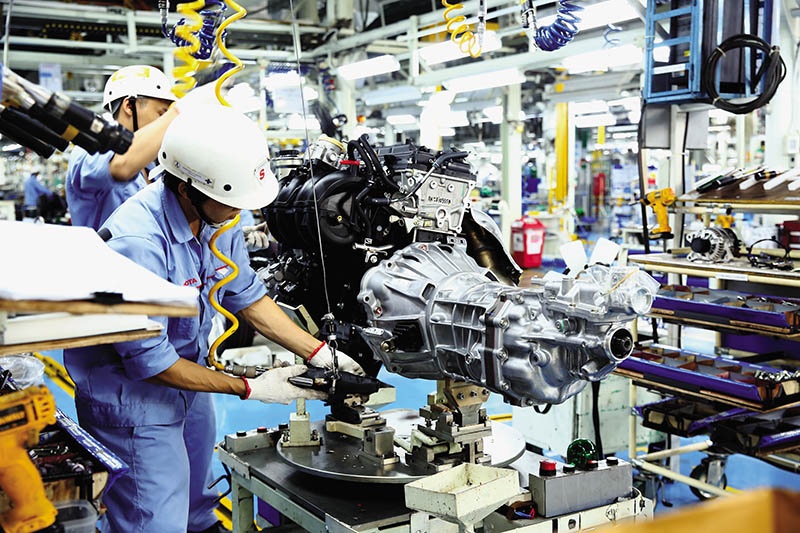
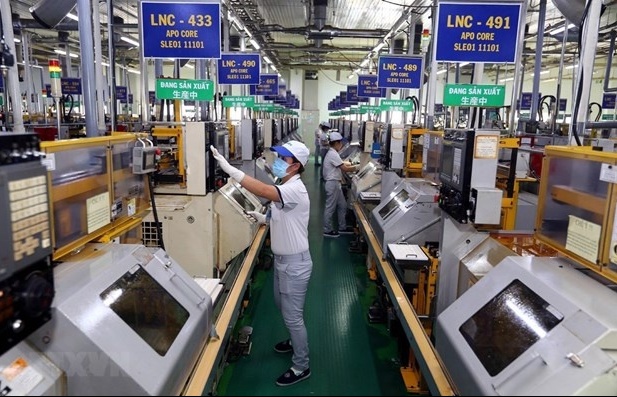





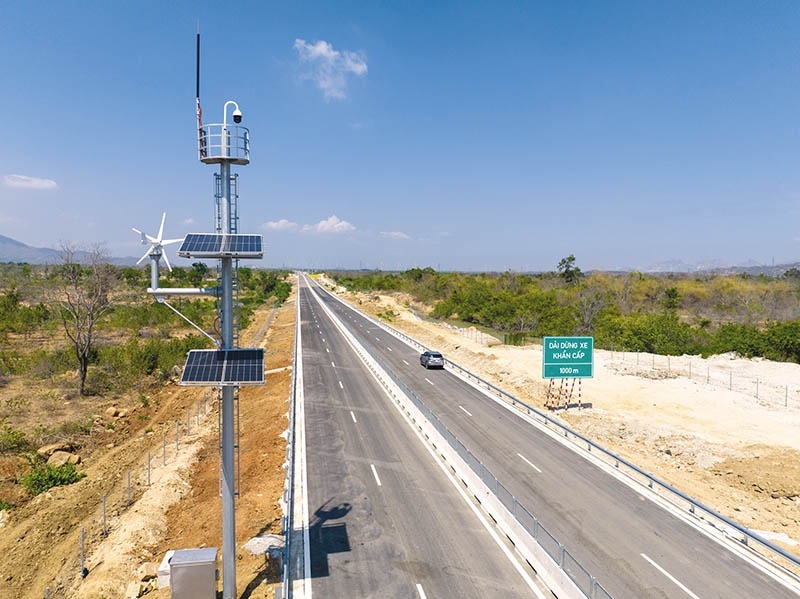
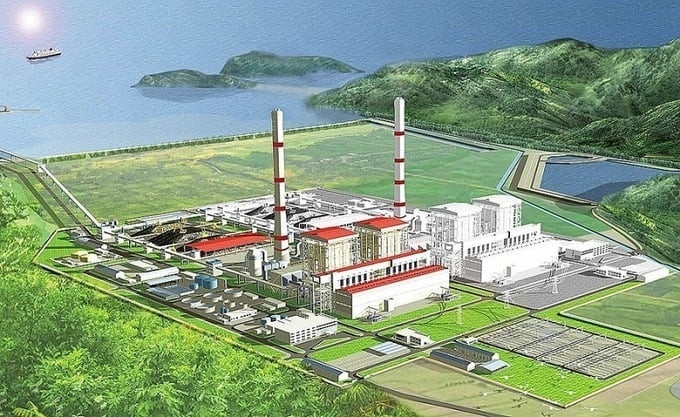



 Mobile Version
Mobile Version